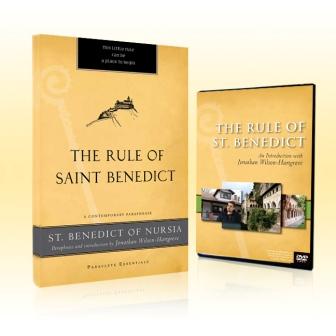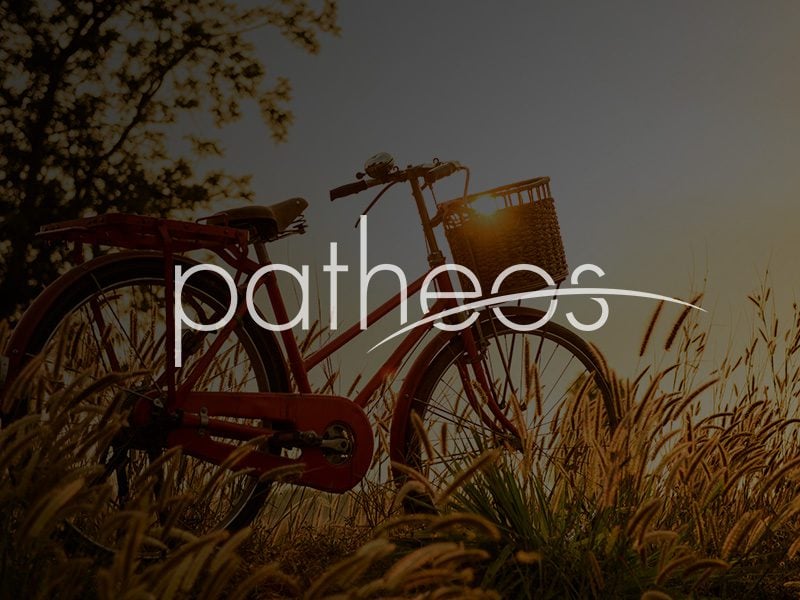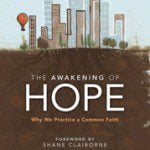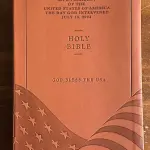
When a sister or brother comes to join the monastic community, Benedict says they must make a three-fold promise—to stability, obedience, and conversatio morum. The Latin phrase is hard to translate. It means, literally, “the monastic way of life.” That way is the whole of the Rule, the full reality of what it means to submit ourselves to God and other people in a particular place. But in the Latin conversatio you can also see the root of our English word “conversion.” This is a way of life that’s meant to change us.
Contemporary Benedictines talk about this promise as a three-legged stool. Without any one of the legs, the whole thing falls over. The way of life needs stability in a place as well as obedience to the particular leadership. Without these other two anchors in the world, the monastic way of life floats as a sort of ideal. But obedience cannot stand without stability and the way of life. Obedience is listening—to God and to others—but it is listening in a particular context, in a particular way. Likewise, stability needs the commitment to listen and the rule of life. We cannot stay without a God who roots us, a people to share life with, and a way that we’ve agreed to walk together.
Each aspect of this three-fold promise is equally important. Even still, in our particular context, one aspect may speak more directly to our need than another. For the past few years, I’ve been advocating a recovery of the wisdom of stability as we find our way in a hyper mobile culture. Here’s a short video, summarizing the gift of Benedictine stability for our time.
My good friend Isaac Villegas and I also had a friendly debate recently in the pages of Sojourners Magazine about the virtues and the dangers of “stability.” I like what Isaac says:
Perhaps that’s what the Christian life should look like in our time and place: to let the Holy Spirit draw us into tombs, into the places where the forces of death seem to have dominion. As we dwell in these sites of desolation, we learn to hope and pray that the same God who raised Jesus from the dead would move in our midst, that we would bear witness to the power of resurrection. Like Syncletica, we can turn tombs into nests that welcome Christ’s resurrection: nests, built for a season, as way stations for refugees and pilgrims who are being set free from the bondage of evil, from the chains of injustice.
You can read the whole exchange at Sojourners website.
What gifts might stability offer you in your place? What dangers do you see in trying to practice the wisdom of stability?











